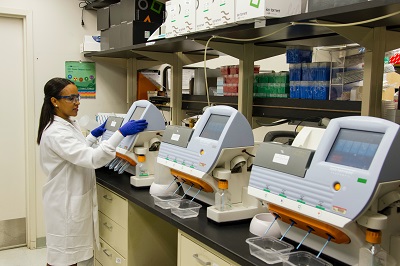How and where to apply for Class III medical device FDA certification?
Release time:2024-08-07 10:21:25
The author:
source:
To apply for FDA certification (FDA clearance or approval) for a Class III medical device in the United States, you will follow a structured process involving preparation, submission, and interaction with the FDA.
To apply for FDA certification (FDA clearance or approval) for a Class III medical device in the United States, you will follow a structured process involving preparation, submission, and interaction with the FDA. Here’s a step-by-step guide on how and where to apply:
1. Determine Regulatory Pathway:
- Class III Designation: Confirm that your device falls under Class III according to FDA regulations. Class III devices generally require a Premarket Approval (PMA) application due to their higher risk profile.
2. Pre-submission Preparation:
- Regulatory Strategy: Develop a comprehensive regulatory strategy, including gathering necessary documentation and preparing for FDA interactions.
- Pre-submission Meeting: Consider scheduling a pre-submission meeting with the FDA to discuss your device, proposed studies, and submission strategy. This can provide valuable guidance and insights.
3. Prepare the PMA Application:
- Gather Documentation: Collect all required materials, including:
- Device description, design, and intended use documentation.
- Manufacturing information and compliance with FDA’s Quality System Regulation (QSR).
- Preclinical testing data (biocompatibility, animal studies, performance testing).
- Clinical data (if applicable): study protocols, reports, statistical analyses, adverse event reporting.
- Labeling and instructions for use.
- Risk analysis and mitigation strategies.
- Compliance with FDA guidance documents and standards.
4. Submit the PMA Application:
- Electronic Submission: Submit your PMA application electronically through the FDA’s Electronic Submission Gateway (ESG). This secure platform allows for the submission of regulatory documents.
- Paper Submission: Alternatively, you can submit your application in paper format, following specific FDA instructions for formatting and submission.
5. FDA Review Process:
- Initial Review: The FDA will conduct a thorough review of your PMA application, evaluating the device’s safety, effectiveness, and compliance with regulatory requirements.
- Requests for Additional Information: Be prepared for potential requests from the FDA for additional information (FDA deficiencies) or clarification during the review process.
- Panel Review (Advisory Committee): For certain PMAs, an advisory panel may review the application and provide recommendations to the FDA.
6. FDA Decision:
- Approval or Denial: Based on the review, the FDA will issue a decision:
- Approval: If the device meets regulatory criteria for safety and effectiveness.
- Denial: If the FDA determines the device does not meet regulatory standards, providing reasons and potential corrective actions.
7. Post-Approval Requirements:
- Compliance: Maintain compliance with post-market requirements, including Quality System Regulation (QSR), labeling regulations, adverse event reporting, and post-market surveillance studies.
8. Establishment Registration and Device Listing:
- Register: Once approved, register your establishment with the FDA and list your device(s) to legally market them in the United States.
Key Considerations:
- Regulatory Expertise: Consider working with regulatory consultants or experts experienced in FDA submissions to navigate the complexities effectively.
- Timeline and Budget: Plan for significant time and financial resources to cover costs associated with clinical studies, regulatory consultations, and FDA application fees.
- Communication: Stay engaged with the FDA throughout the process, responding promptly to requests for information and maintaining open lines of communication.

Contact Us:
Whatsapp or Wechat:+86 15816864648;email address:hito.lin@grzan.cn
.png)
.jpg)
.png)

.png)